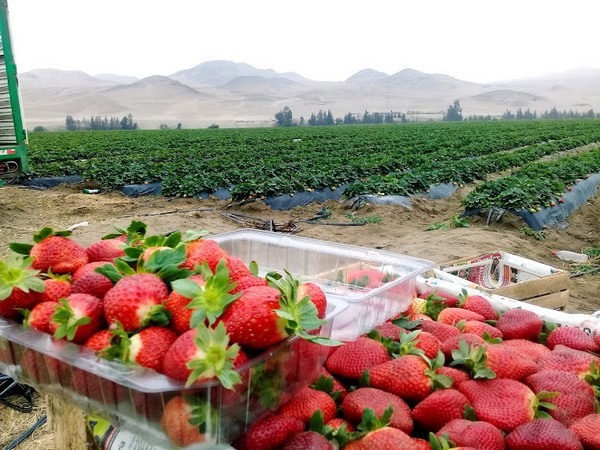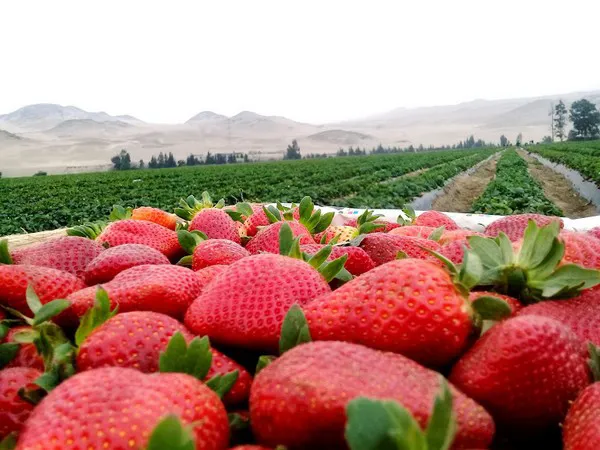The Peruvian strawberry harvest in the coastal region is set to start in July, and the coastal growing areas have been seeing favorable weather so far. Jose Cordero of AgroNatural says: “About five years ago, the total area under cultivation decreased by a lot – we went from around 5,000 hectares to 2,500-3,000 hectares. Since that decrease, the volumes and the area cultivated have remained steady. This season we are expecting to have between 2,500-2,800 hectares in production. Around 1,800 hectares of this is located on the coast, and the other production takes place in the mountains.”

Mountain season has been challenging
Strawberries are also grown in the mountainous regions of Peru. This season runs from January through August, and the season has been very tough so far due to the pandemic. Cordero says: “The volumes from the mountains are the same as last year, even though we had initially expected an increase. But the pandemic affected the production this season – there were roadblocks, transportation issues, and the markets were down a lot.”
The strawberry cultivation in Peru is very important to the economy. Cordero shares: “It is one of the crops that has a great socio-economic impact throughout the supply chain.” Due to the challenges caused by the pandemic, this is a tough year for many growers. Cordero adds: “The mountain season is supposed to last through August 2020, but due to these challenges many producers have ended early. If they are able to get their products to the market, they will, but many of them aren’t able to get rid of their product.”

Labor shortage is a worry for upcoming months
Overall, Peru is planning to export around 18 million kilos of strawberries by the end of 2020, which is very similar to the volumes of 2019. “This year, the main challenge for us is to find favorable markets for the strawberries because the pandemic has caused some issues. Additionally, ensuring that our staff remains safe is also a top concern,” Cordero shares.
He adds: “This pandemic came as a surprise, and many of our projects which are underway had to be cancelled. We are working to support the growers as much as we can and are providing training to ensure that the correct safety protocols are followed. We are supporting the delivery of personal protective equipment and have added a disinfection stage to the field entrance.”
Another worry is that of a possible labor shortage when the coastal harvests begin in July. “Labor shortages have been an issue for the past few years. The local agricultural workforce is aging, and the work is very intensive. So, we have started to rely on migrant workers more and more. Now, with people being less likely to move around to prevent the spread of the virus we are worrying that in the coming months, when more labor is needed in the fields, that there might be shortages,” Cordero says.
“This year, it is more important than ever that the industry will look toward paying reasonable prices for the product. I hope we see a fair market, so that the strawberry growers in Peru have the opportunity to recover from these challenges they are undergoing right now,” Cordero concludes.
For more information:
Jose Cordero
Agro Natural Park SAC
Tel: +51 980655554
Email: [email protected]
